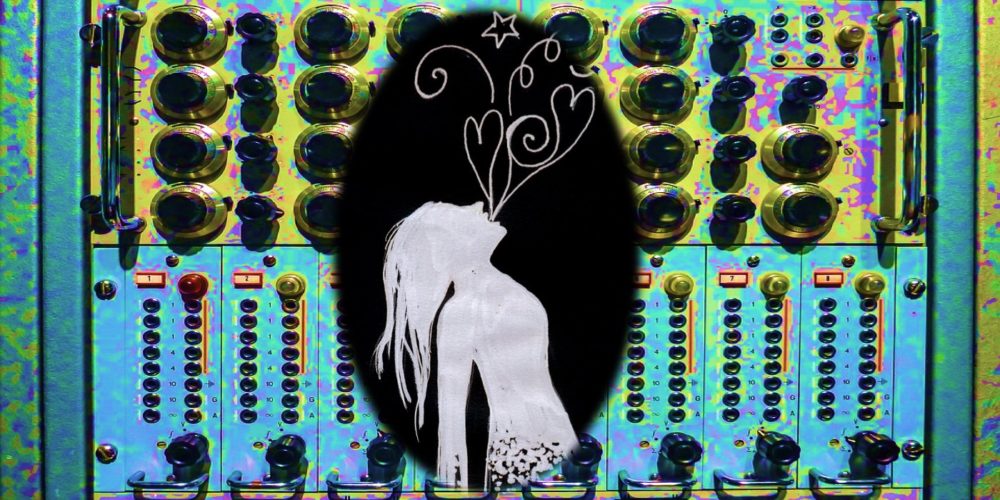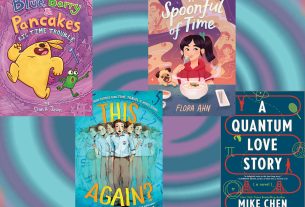
Like a lot of people, I started out looking at creativity as only part of the performance arts. Creative people did artistic things; it was part of who they were. As a composer, I HAD to create–it bubbled out of me. For ten years I and a partner ran a creative arts company leading camps, classes, and workshops for all ages in theater, music, writing, and dancing. Then my view expanded. We started to lead workshops in creativity itself–trying to show “regular” people that anyone can tap into their imaginative selves.
I took an intensive two-week class on the science behind creativity taught by the International Center for Studies in Creativity at SUNY Buffalo. Before that, I hadn’t known people studied creativity, let alone as a science, and for fifty years! This led me to read books on the subject, listen to talks, and chat with my family and friends. We can use creativity to enhance every aspect of our lives from finances to cooking to raising our children. There is a lot of advice out there about it, but what’s backed by science?
This blog has checked out the topic before. A recent study was highlighted showing that both persistence and flexibility are “dual pathways to creativity.” Another one looked at the genetic link between schizophrenia and bipolar disorder with people in the creative arts.
In the eighth grade, I won my school’s science fair competition with a colorful display and lots of interactive stuff at my table. My topic? Left brain versus right brain. I explained that the left side of our brains are analytical and the right brain was creative. What kind of person were you? Although I did a good job as a presenter, I shouldn’t have won a darn thing because my science was pretty fuzzy. It’s fun to put ourselves in categories (hence the continual popularity of astrology) but our bodies don’t work so distinctly. Yes, there are regions of the brain that specialize, but every kind of thinking from solving a math equation to choreographing a dance routine requires multiple neural parts working together. So creativity is a process connecting the different areas of our brain.
A process? Yes! Another myth is that creativity is a “spark” that comes from a magical place where only Mozarts live. The reality is that creativity is a series of steps that anyone, ANYONE can learn. How to define those steps, this process, is a matter of language. Every researcher, speaker, and writer has their own way to break down creativity. The language behind the science of creativity has not been agreed upon. That’s not a bad thing. To utilize science in the general population, it must be explained in a way that “clicks,” and not everyone thinks the same way.
In October of 2016, a computational study was published that looked at 90 academic papers dated 1950-2009 on the creative process. The authors found similarities in the papers that resulted in fourteen aspects:
Active involvement and persistence
Dealing with uncertainty
Domain competence
General intellect
Generating results
Independence and freedom
Innovation and emotional involvement
Originality
Progression and development
Social interaction and communication
Spontaneity and subconscious process
Thinking and evaluation
Value
Variety, divergence, and experimentation
In subsequent posts, I will delve into the these aspects of the creative process and how they can help you and your kids develop creativity–with science!




Glad you are studying and publishing about this most important aspect of the next evolutionary phase of humankind.
Keep up the good work, and good luck. This is a beast of a research project.
The Lone Comic TM
Defender of Creativity and Entertainment SM